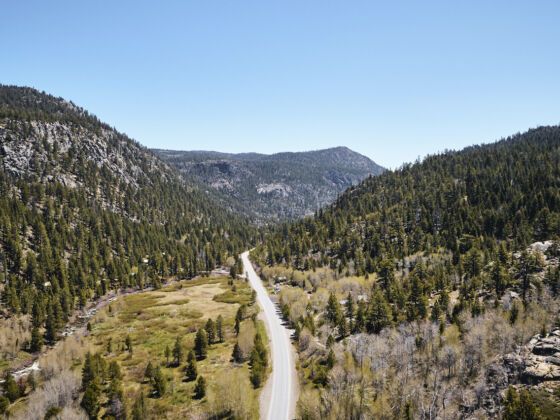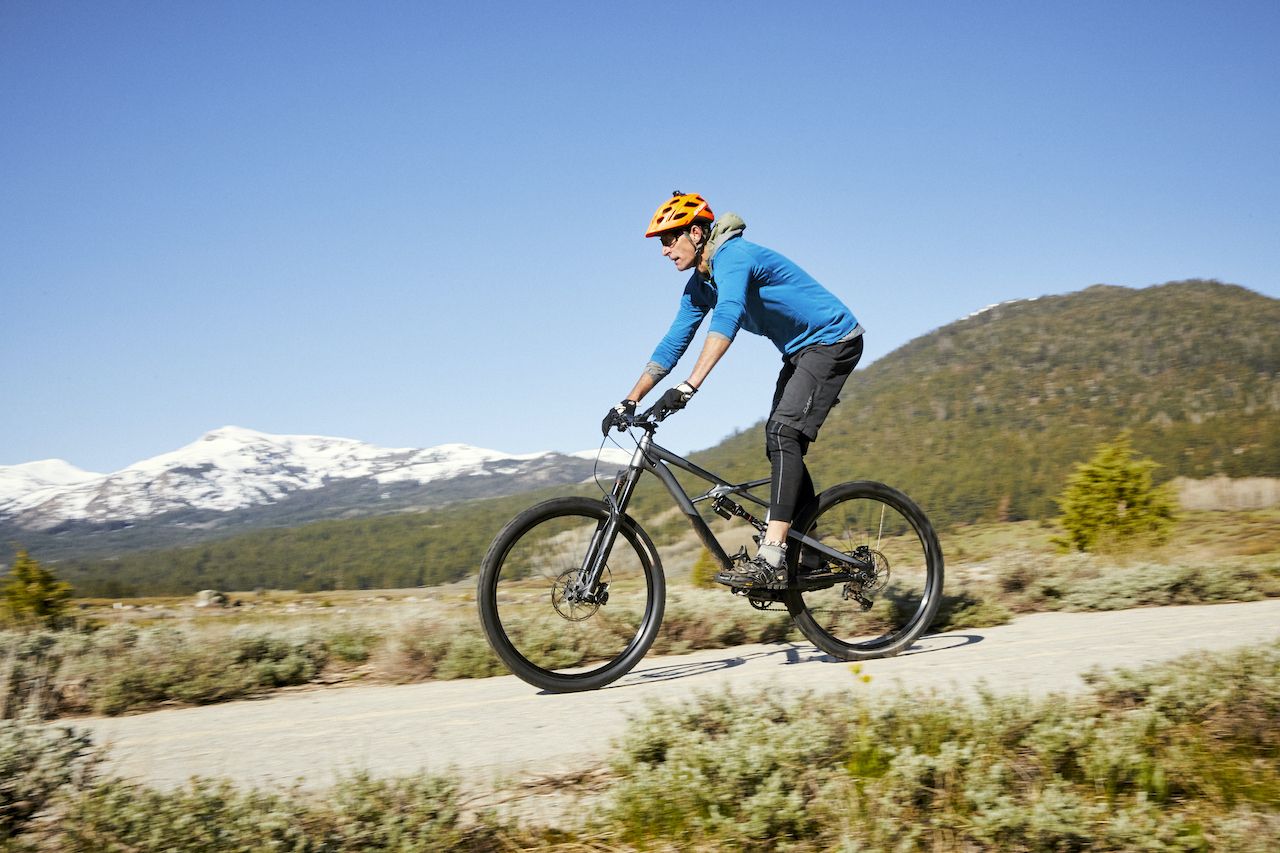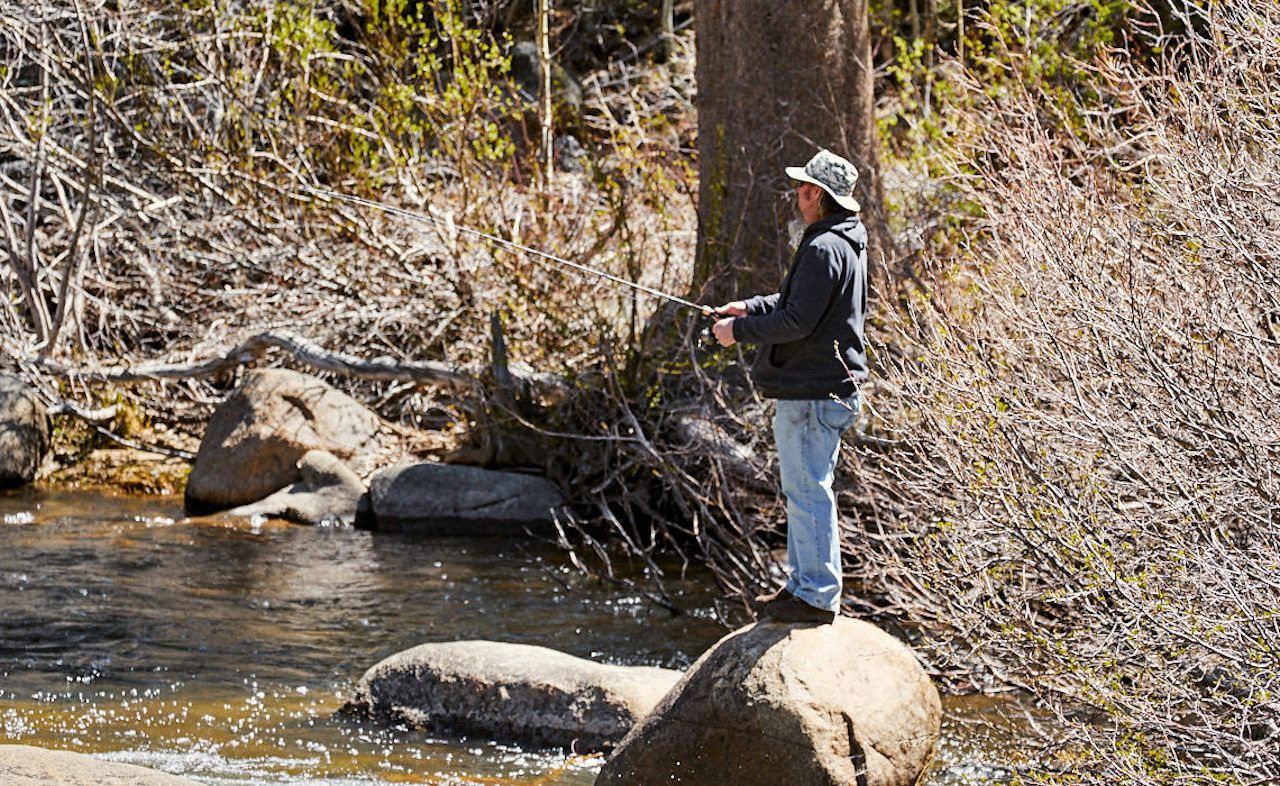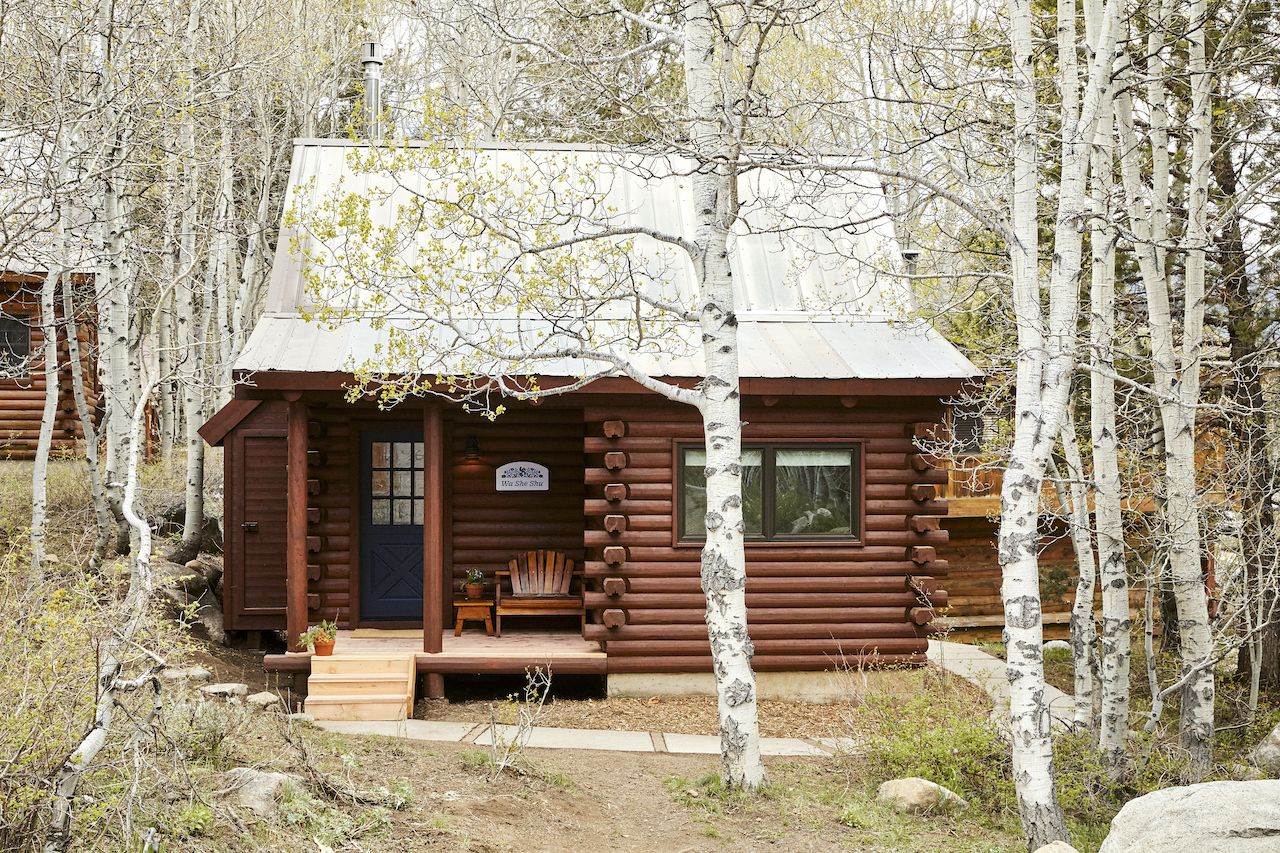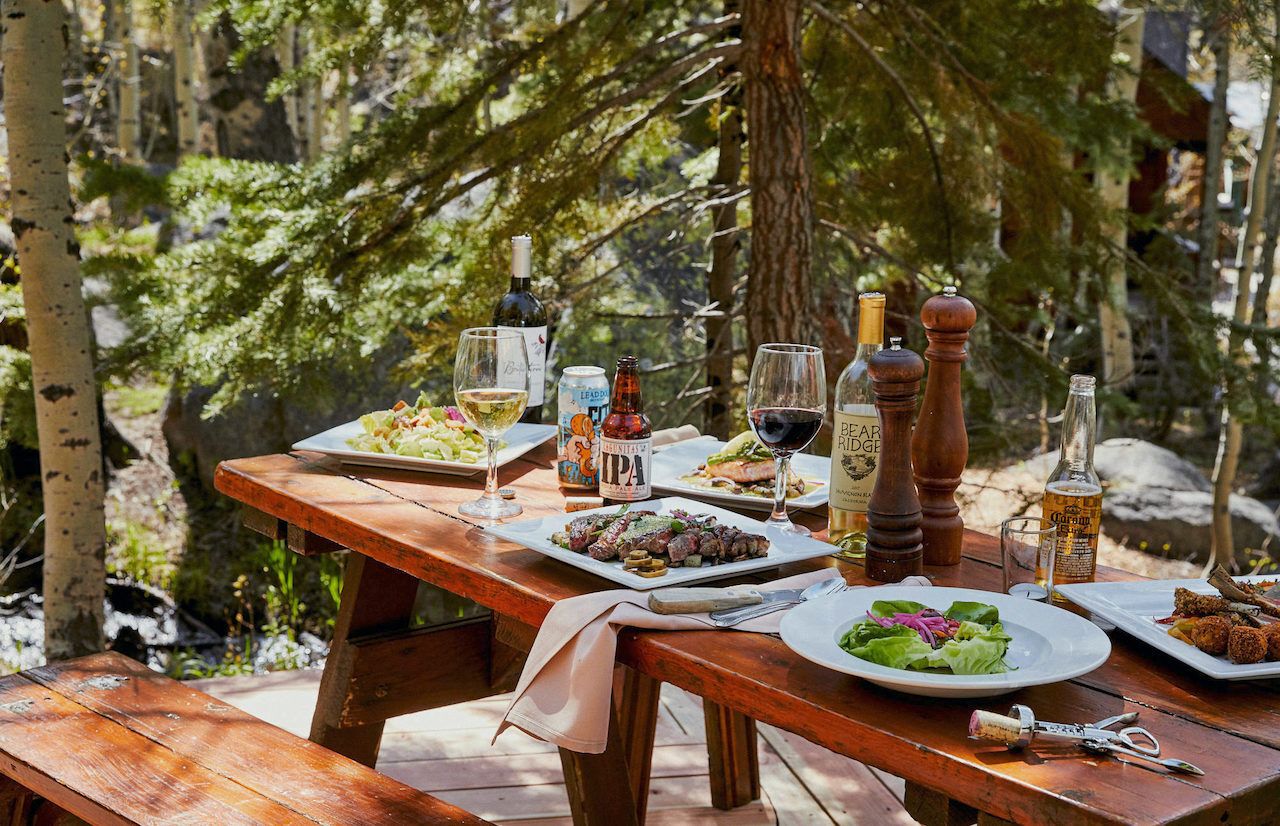Every trip to Lake Tahoe starts with the same question: north shore or south shore? During summer, the quiet north shore caters to Thoreau types seeking the “On Lake Tahoe” experience while the out-all-day, up-all-night crowd bounces from jet skis to casinos farther south. Come winter, ski resorts like the north’s Squaw Alpine and south’s Heavenly decide the destination for many travelers.
If you ask me, though, that age-old quandary is a trick question: The region’s real treat lies just south of South Lake Tahoe in Hope Valley.
